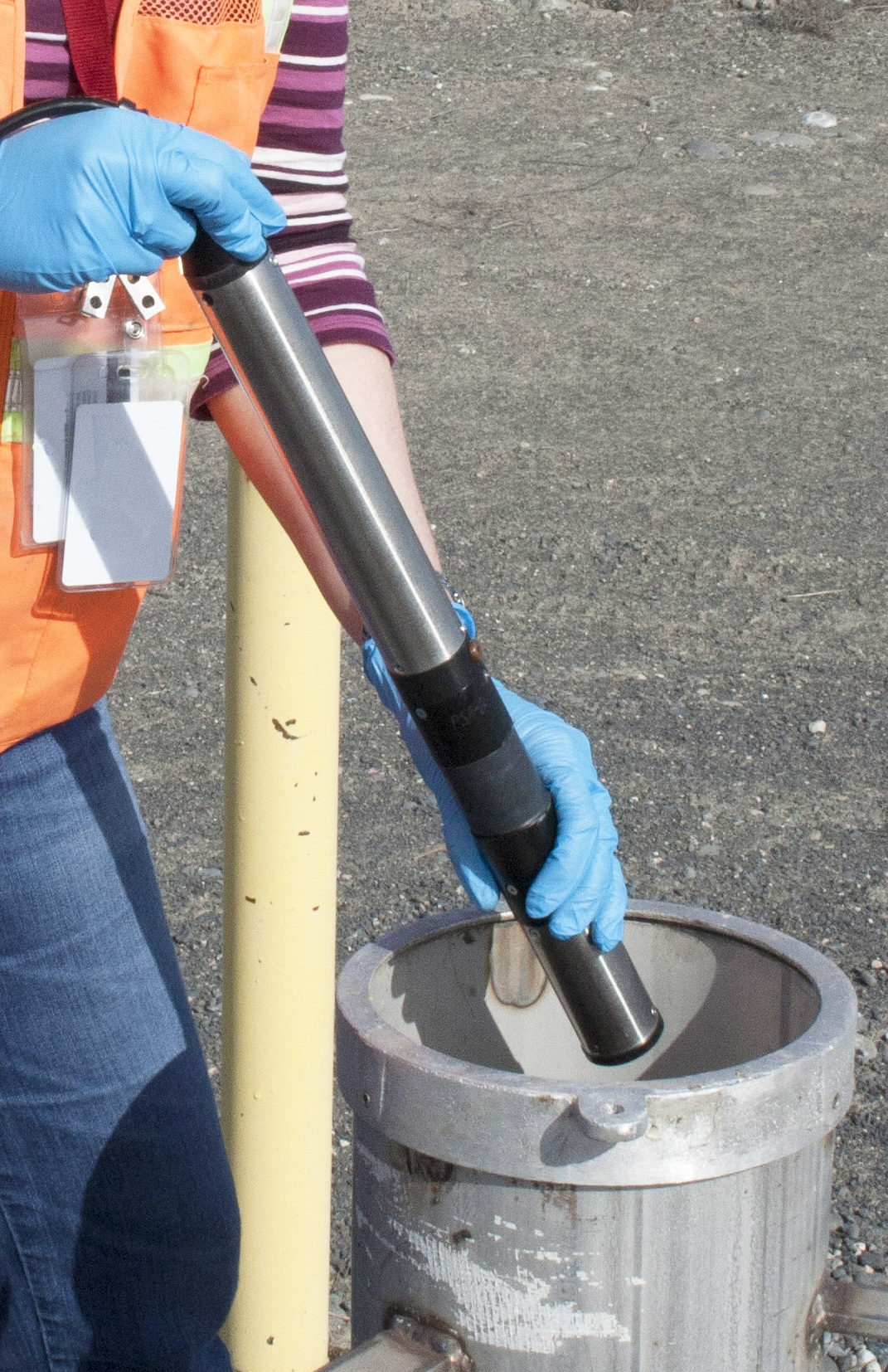Technology Development
Freestone develops new detection and monitoring technology to answer complex environmental questions.
Hexavalent chromium, a known carcinogen, is a groundwater contaminant of concern at multiple industrial and Department of Energy sites across the United States, including the Hanford Site. The method most commonly used for monitoring hexavalent chromium in groundwater requires samples to be manually collected from a well and analyzed using a color developing chemical additive, diphenylcarbazide. This method is labor intensive, yields hazardous waste, and is not suitable for continuous monitoring.
Research and development conducted by Freestone Environmental Services Inc., has led to the development of a cable-deployed hexavalent chromium sensor designed for extended service in wells or water bodies. These sensors are intended to serve as an alternative to manual sampling and analysis, offering continuous data collection and reduced cost per measurement. The sensor is based on direct ultraviolet spectrophotometric measurement of hexavalent chromium in groundwater. Additionally, signal interference caused by suspended particulates is compensated by simultaneous measurement of scattered light, which allows for accurate measurements in turbid water.
Benefits of sensor deployment include:

